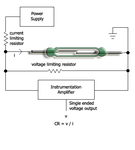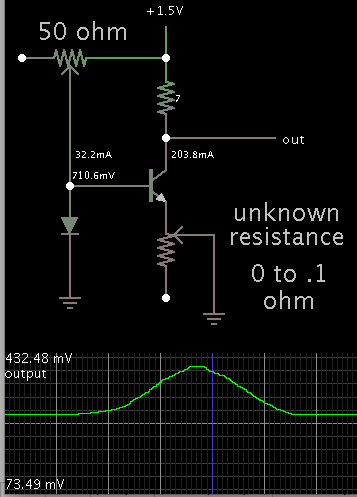freemanantony
Member level 4

- Joined
- May 19, 2010
- Messages
- 70
- Helped
- 0
- Reputation
- 0
- Reaction score
- 0
- Trophy points
- 1,286
- Location
- Chennai, India
- Activity points
- 2,005
Hello every body,
i am doing a project for testing reed switches. For measuring Contact Resistance of Reed Switch i am using the circuit which is attached with this post. But with this circuit hardly i can differentiate between 48 milliohms and 36millohms because the measured voltage when Switch is closed is too close to differentiate . So does anyone know any other circuit so this problem can be avoided
i am doing a project for testing reed switches. For measuring Contact Resistance of Reed Switch i am using the circuit which is attached with this post. But with this circuit hardly i can differentiate between 48 milliohms and 36millohms because the measured voltage when Switch is closed is too close to differentiate . So does anyone know any other circuit so this problem can be avoided




